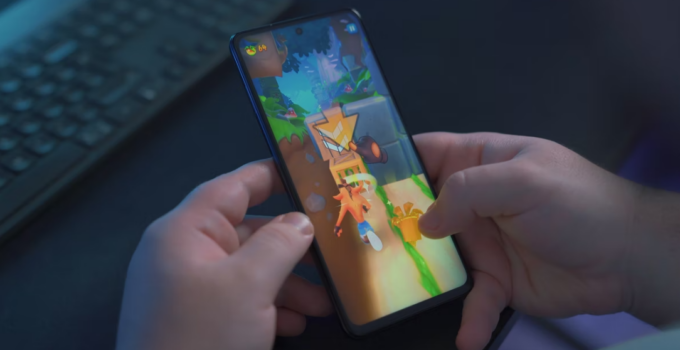Gaming has come a long way over its more than four-decade history. Early commercial video games like Pong and Space Invaders used basic graphics and simple mechanics due to the hardware limitations at the time.
These games were played on giant arcade machines like the Taito 8080, which required users to insert a coin to be allocated a small amount of time to play. It wouldn’t be until a few years later that these games began making their way into the homes, after hardware became small enough to fit onto a desk or next to a TV.
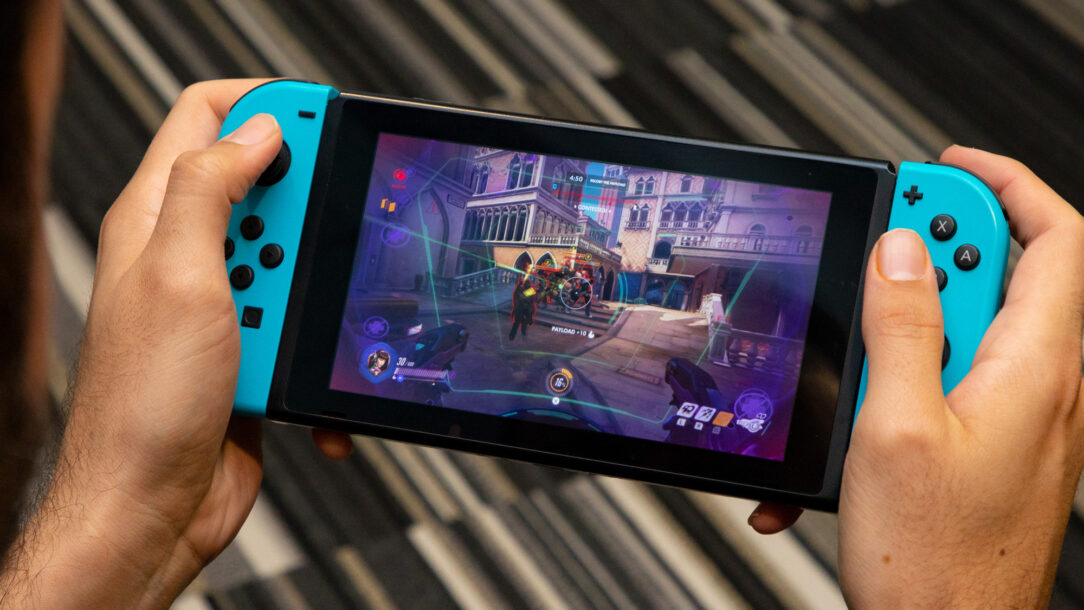
Source: tomsguide.com
The rapid evolution of portable gaming devices
Some early attempts to make gaming portable included the Nintendo Game & Watch and the Coleco Electronic Quarterback, however, they were extremely limited with LEDs and monochrome LCD screens and only a single game available on each device.
The holy grail of portable gaming would be a machine that could be carried around and allow you to insert media to play new titles. In 1989, Nintendo achieved this with the Game Boy, though it used a black and white dot-matrix screen and could only run games that were a few kilobytes in size.
The Game Boy was a huge success when it was launched. It was then iteratively improved until the Nintendo 3DS was retired in 2020. The Japanese company’s decision came because smartphones have made portable consoles redundant. After all, almost everyone owns one and they have access to around a million different games.
Rapid growth of the mobile gaming market
In just a decade, mobile gaming has gone from simple, turn-based titles to fully-fledged titles that rival the complexity and quality of those found on consoles and computers. Demand for mobile games continues to grow at an astonishing rate, and by 2025, 71% of Google Play revenue is expected to come from mobile games.
Although mobile gaming has come a long way from the portable gaming machines of the past, there are many advancements that we can look forward to in the future.
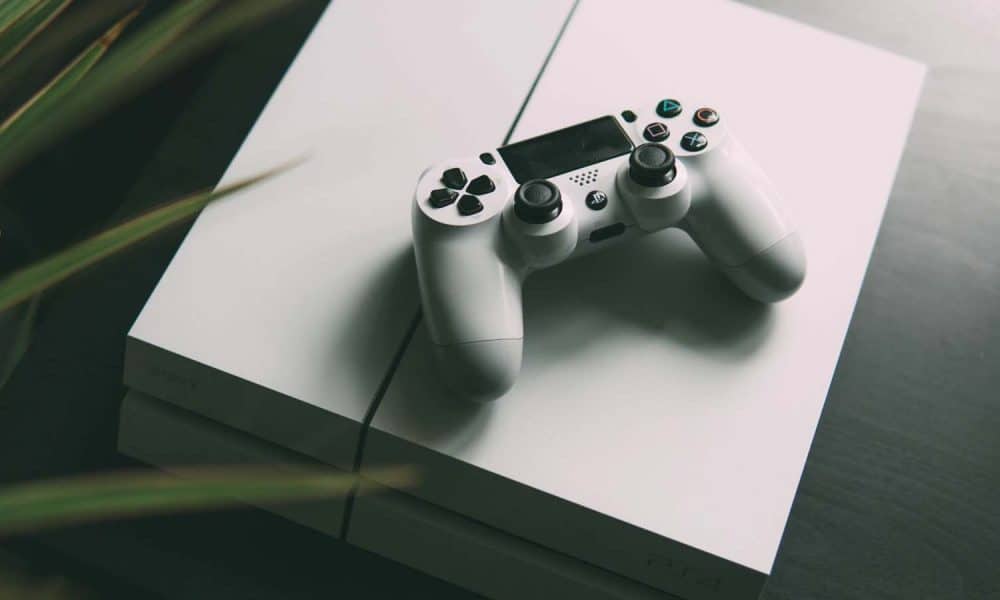
Source: knowtechie.com
Cross-Platform Play
Cross-platform gaming has been a desire of many players for years. It offers the ability for PC gamers to play against opponents on consoles, tablets, and smartphones, and means that friends can finally game together, regardless of the device they own.
The concept has become a reality in recent years, with games like Fortnite introducing the feature for its free-to-play battle royale mode.
In Canada, sites like Wildz have also been offering cross-platform play for some time in their live casino games. These popular variants involve a live video feed of a human dealer who controls the wheel or deals the cards, while players place their bets through their computer or mobile device. They can also communicate with each other, regardless of the platform they’re playing through, via a live text chat feature.
Cross-platform play still has room to grow and improve though. In some games, features are removed in mobile versions, while other games will automatically match you with other mobile players unless you change settings. As technology improves, this will likely change.
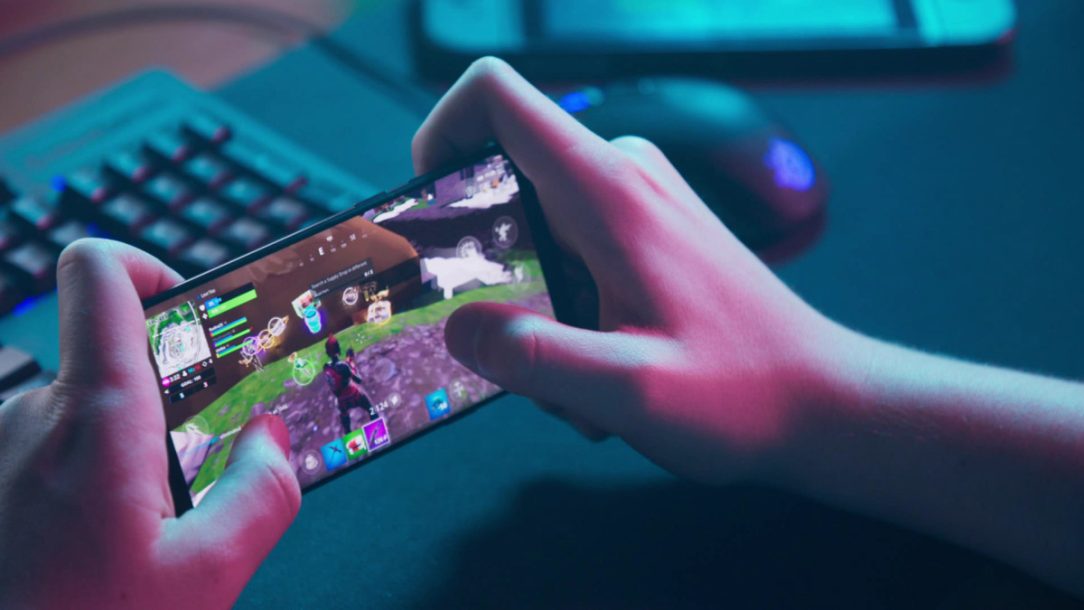
Source: thestreet.com
Eye-pleasing graphics on mobile devices are now a norm
The graphics capabilities of smartphones have evolved a lot since the earliest models were released in the late 2000s. The GPUs have been beefed up alongside the CPUs, creating more power for smartphones to generate better and more detailed images.
At the same time, smartphone displays have also been continually upgraded, so that the improved graphics can be fully appreciated, as is already the case with computer games, where graphics make games more attractive.
The recent news that Samsung is working on an even more powerful System on a Chip (SoC) for the Scandinavian and European version of its upcoming Galaxy S22 range that will feature an AMD GPU, is proof that smartphone gaming graphics will continue to improve for the foreseeable future.
Whether new technology can close the gap between mobile gaming graphics and those found on the latest generation of consoles remains to be seen. The Xbox Series X and PlayStation 5 both have some of the most powerful graphics processors on the market with around 16 GB of GDDR6 memory, 2304 cores, and more than 600 GFLOPS.
Right now, there is no way to shrink that level of performance down onto a pocket-sized chip, though developments like Apple’s M1 SoC suggest we may be heading in that direction.
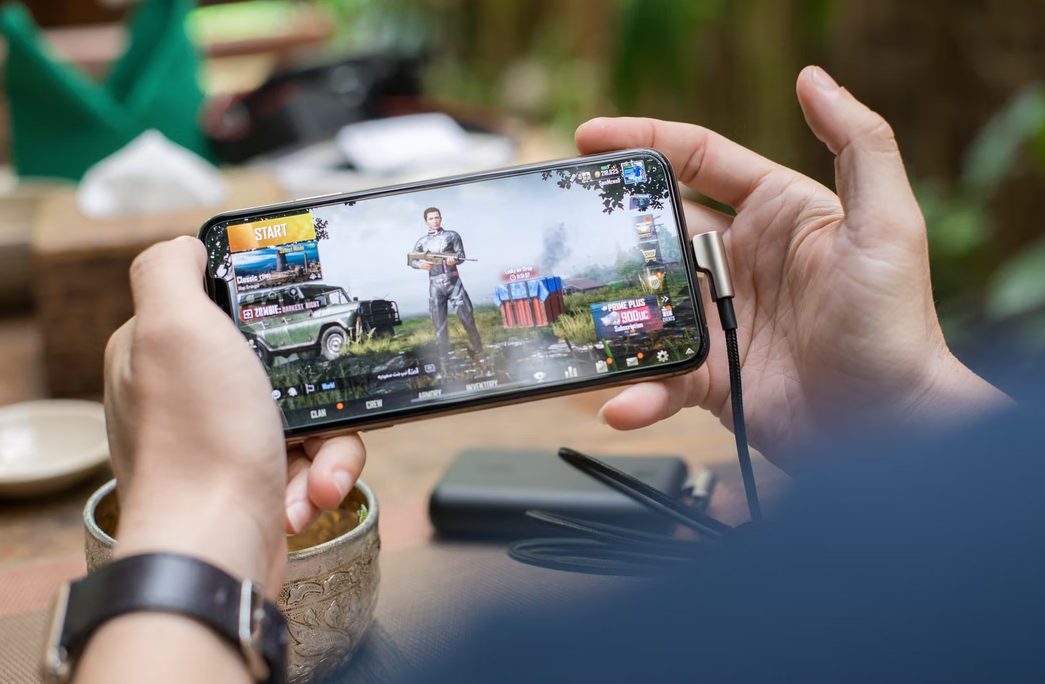
Source: unsplash.com
Streaming
Another possible way of closing the gap between mobile and PC/console gaming is to outsource all the heavy lifting, taking it off the smartphone itself and having it performed on a powerful server in the cloud.
While this may sound like science fiction, it is how streaming services like Google Stadia work. Thanks to this service, which launched in 2020, it’s possible to play AAA games you’d find on consoles and PC, including FIFA 21, F1 2020, Doom, Hitman, and Red Dead Redemption 2.
Although not all Android smartphones can currently take advantage of Stadia, most new ones are compatible with the service.
Gamers aren’t just limited to their smartphone either. Stadia offers a hybrid solution that allows gamers to play on their TV or computer, pause the game, and then pick up where they left on their smartphone.
In Summary
Much of the history of mobile gaming has seen the format close the gap between it and console and computer gaming. The future is likely to be more of the same, with more powerful hardware helping to deliver better graphics and streaming services providing us with our favourite games on demand, whenever we want them.
Cross-platform play is likely to also help close this gap, allowing gamers to challenge their friends, no matter what device they own.

